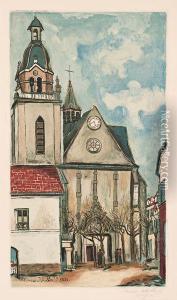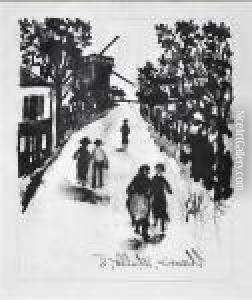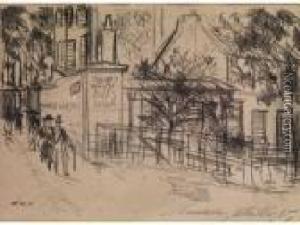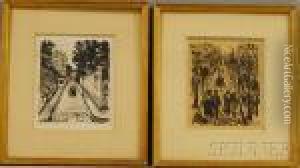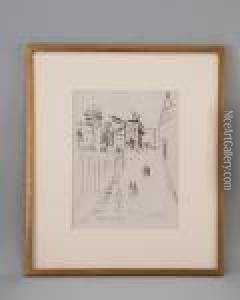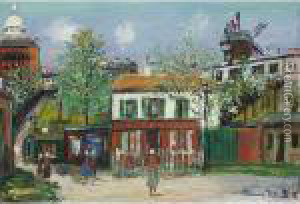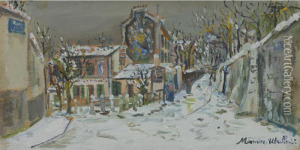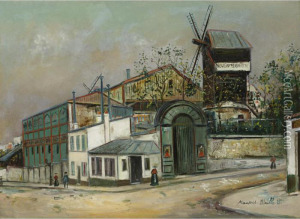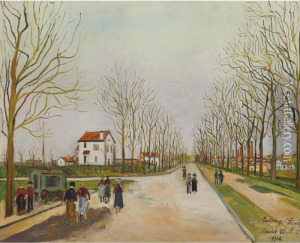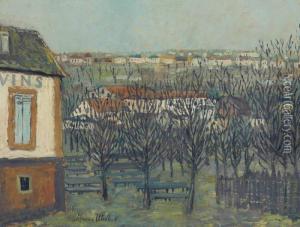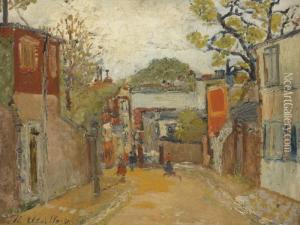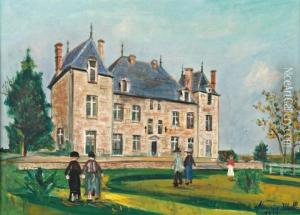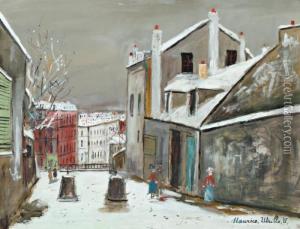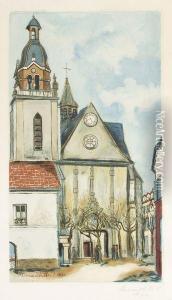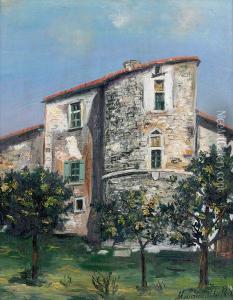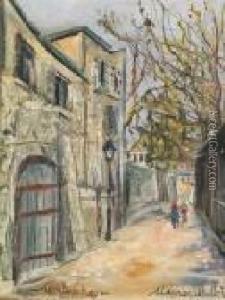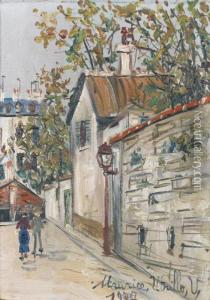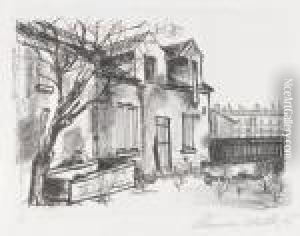Maurice Utrillo Paintings
Maurice Utrillo was a French painter who specialized in cityscapes. Born Maurice Valadon in the Montmartre quarter of Paris, France, he was the son of the artist Suzanne Valadon, who was then an eighteen-year-old artist's model. Utrillo was the illegitimate son of an unknown father, and Valadon became a professional artist and taught young Maurice how to paint. Although he is associated with the Montmartre district and often painted its environment, it wasn't until 1909 that Utrillo became relatively well-known, mainly due to the efforts of his mother.
Utrillo was notorious for his heavy drinking and mental health issues. Despite these challenges, he produced thousands of oil paintings, primarily of street scenes in the Montmartre district, capturing its architectural character during the early 20th century. His work typically displays a refined use of color and meticulous attention to detail, which helped establish him as a significant figure in the post-impressionist movement.
Utrillo's style evolved significantly over his career. His early works are noted for their somber tones, which later became much lighter. His White Period, which spanned from 1910 to 1914, is characterized by the use of heavy white lead paint, giving the works a unique luminosity and a sense of peace and tranquility. During the 1920s, Utrillo's work became more vibrant and colorful, reflecting the influence of Fauvism.
Despite his personal troubles, Utrillo achieved considerable fame and was awarded the French Legion of Honor in 1928. His works are held in numerous museum collections worldwide, and he remains one of the most famous painters associated with the Montmartre area of Paris. Maurice Utrillo died on October 5, 1955, in Dax, France, and his legacy as an artist endures, particularly through his picturesque portrayals of Parisian streets.
